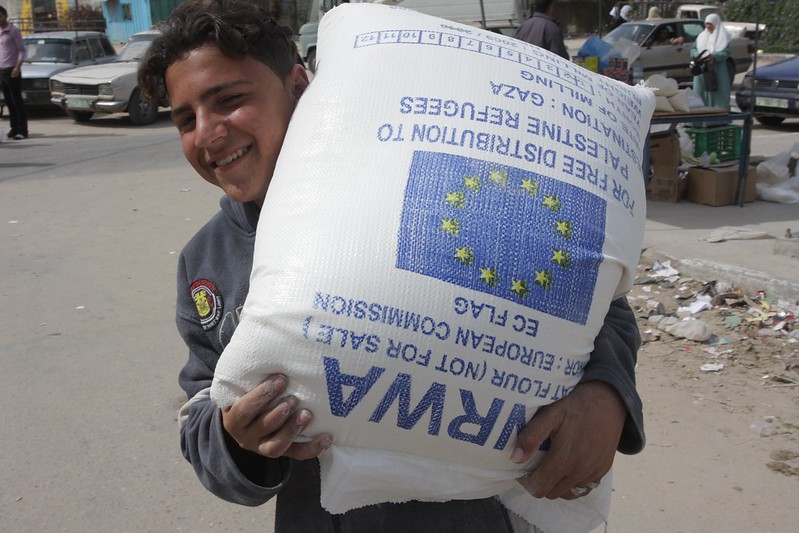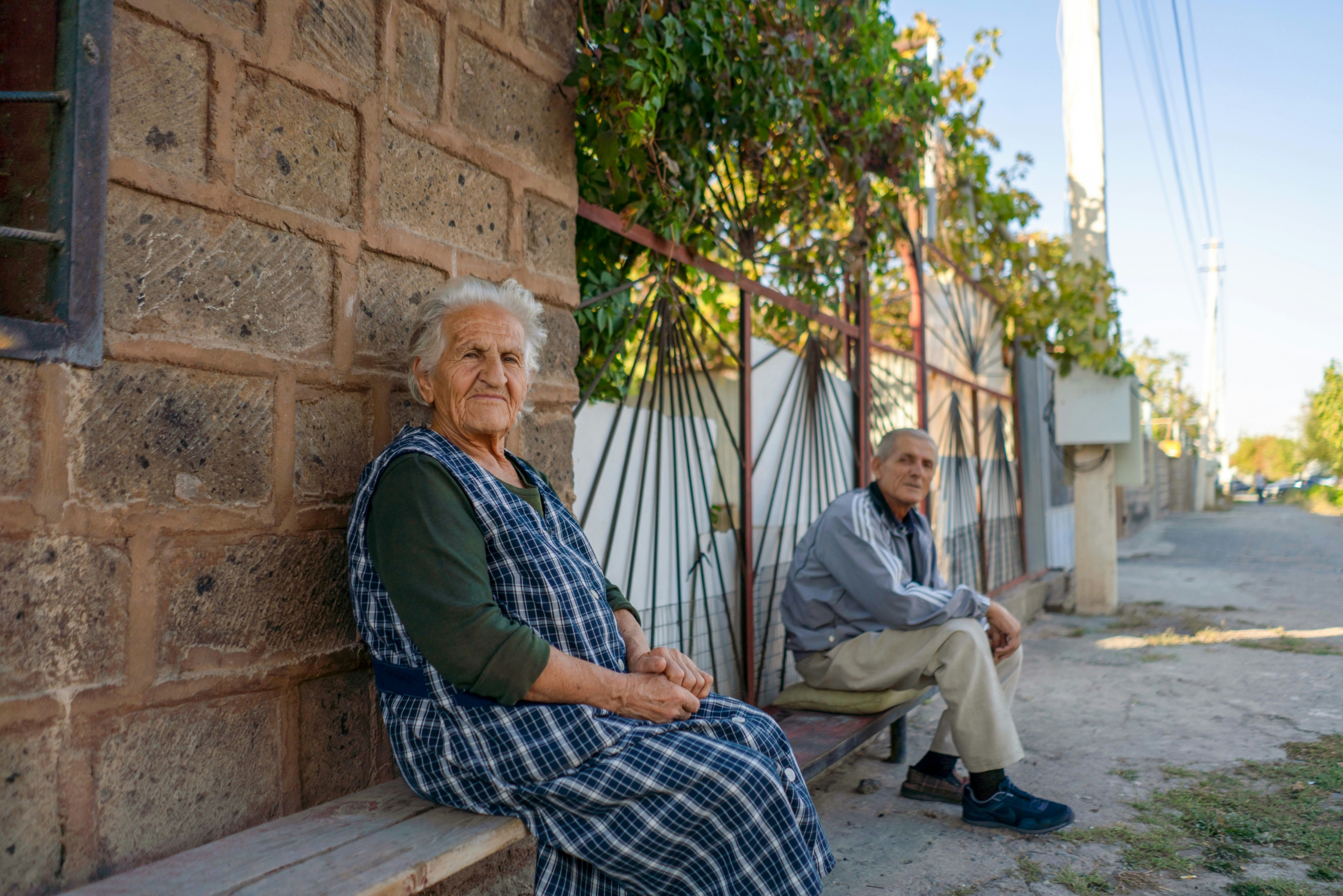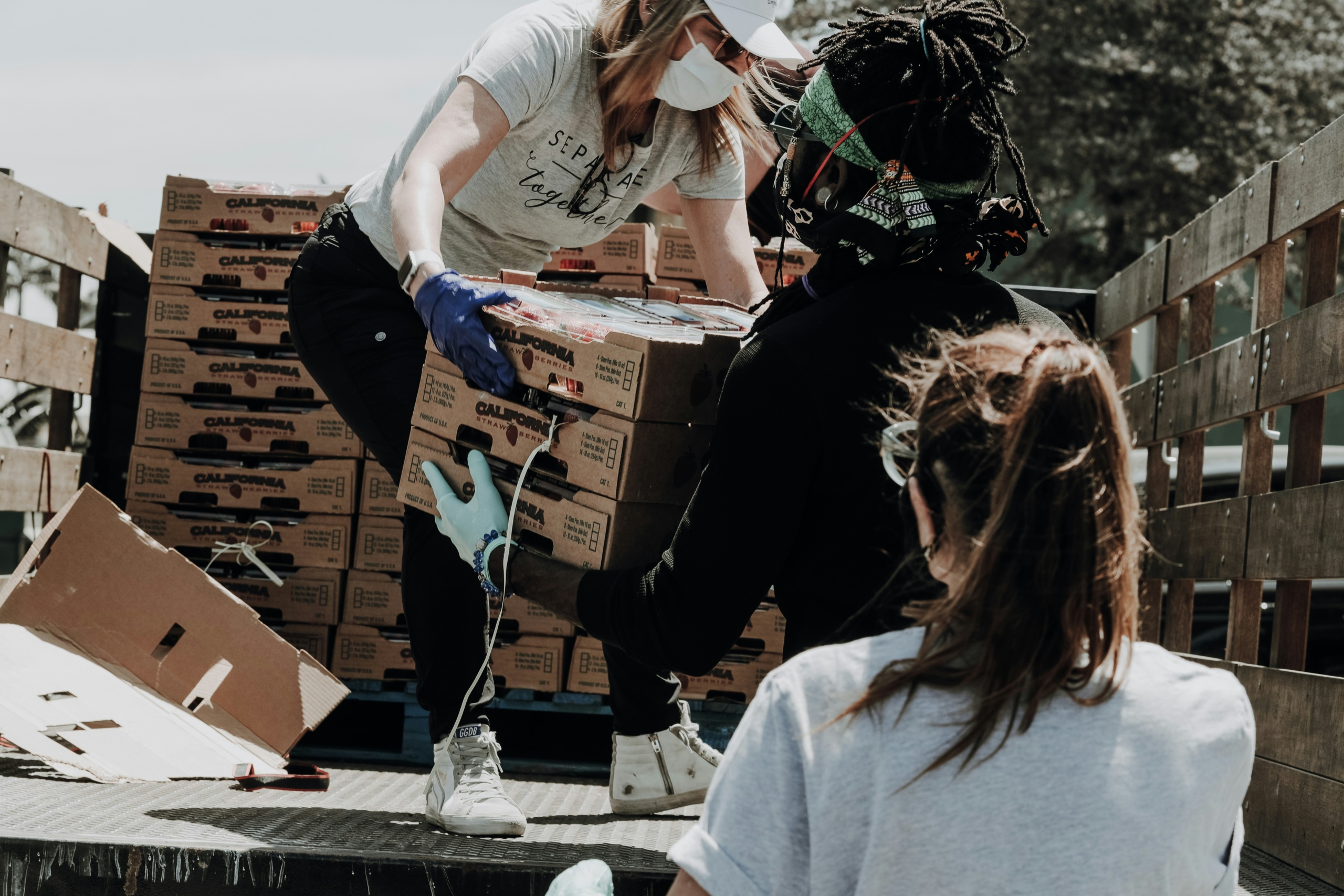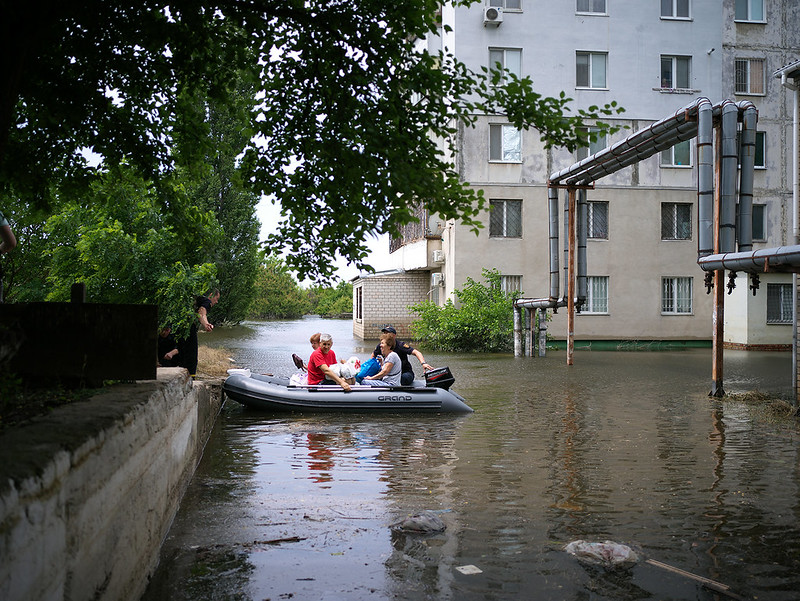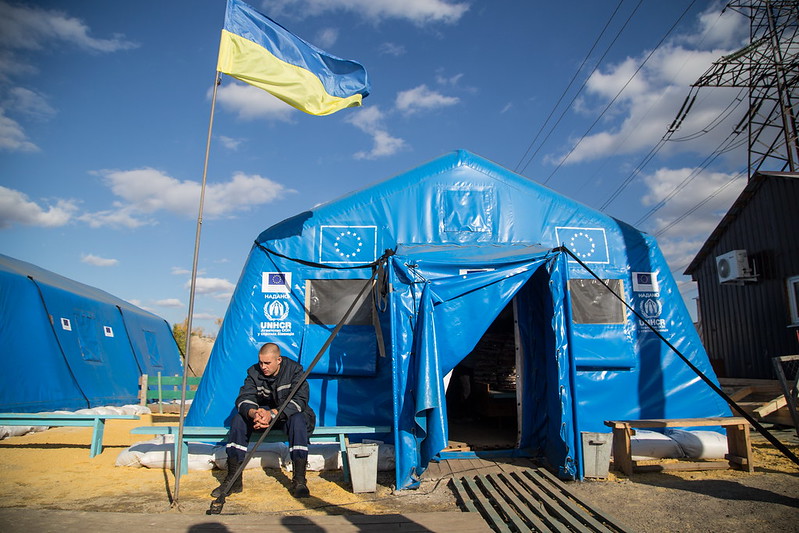 Khadeejah, 8; Haziqah, 13; and Leya, 20, have raised more than $700,000 to help tackle global poverty and are eager to continue their work. Known as Team H&K, these young girls have been raising money for poverty-stricken families in Pakistan for nearly five years.
Khadeejah, 8; Haziqah, 13; and Leya, 20, have raised more than $700,000 to help tackle global poverty and are eager to continue their work. Known as Team H&K, these young girls have been raising money for poverty-stricken families in Pakistan for nearly five years.
What Do They Do?
The kind-hearted family raised more than $90,000 (£75,000) during this past Ramadan for those experiencing the hardship of the 2022 Pakistan floods. From collecting mosque buckets to university sales, these sisters have done everything they can to ensure people have access to a good and safe life. They set up regular food drives and also ran health awareness campaigns focusing on hygiene and nutrition. The money that team H&K has raised will support the Jigsaw charity, whose mission is to change the world for the better.
They have regular fundraisers that are partnered with Jigsaw charity, which range from food appeals to cake auctions to educational and health programs. However, the sisters aren’t the only generous ones in the family. Their Father, Yuser, not only balances his home life and his job but also visits countries where he helps others distribute aid. Specifically, Yuser “has recently visited the Sindh, Khyber Pakhtunkhwa and Neelum Valley districts of Pakistan to supervise humanitarian efforts.” He also helps set up and support projects and programs that ensure people can start small businesses and support their families.
Moving Forward
Currently, they have many fundraising projects aimed at combating food insecurity and providing essential nutritional support to families. One such initiative is the “Just Feed” project, which aims to provide regular, fresh, hot meals to families of 5-7. This project is dedicated to ensuring that no family goes hungry by delivering nutritious hot meals daily. The initiative seeks to make a substantial impact on the well-being of families, reducing the stress and health issues associated with food insecurity.
In addition to their food support programs, they also have an initiative focused on education, social welfare and livelihood support. This appeal aims to alleviate the burdens of those experiencing poverty in Hajira, a small town in the Poonch District of Azad Kashmir, Pakistan, by providing them with essential educational infrastructure, health care and livelihood assistance.
Final Remark
Overall, their story is a testament to the power of community action. Their innovative approach and endless dedication inspire many, proving that whether you are young or old, you can help tackle global poverty, even with the smallest of actions. Through their various initiatives, they have shown that collective effort and compassion can lead to meaningful improvements in people’s lives. Their work not only addresses immediate needs but also lays the foundation for long-term positive change.
– Alice Davies
Alice is based in Bristol, UK and focuses on Good News and Global Health for The Borgen Project.
Photo: Unsplash
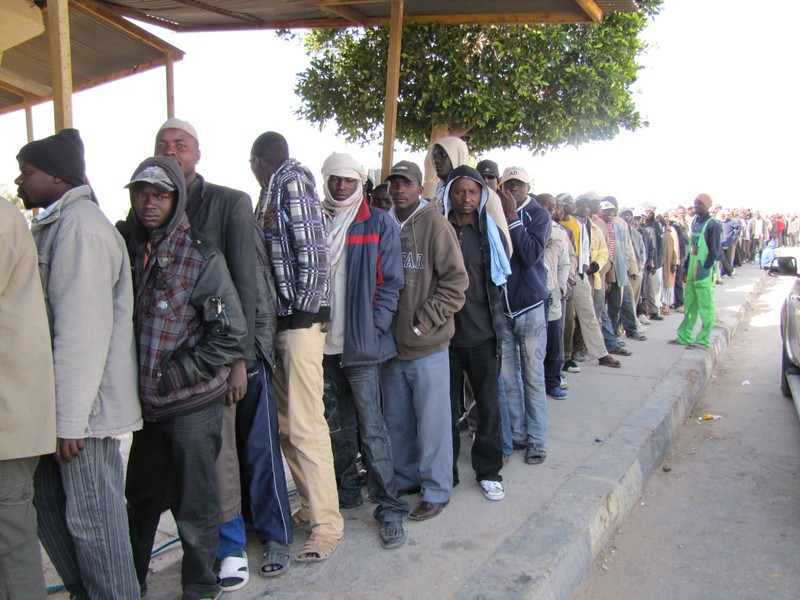
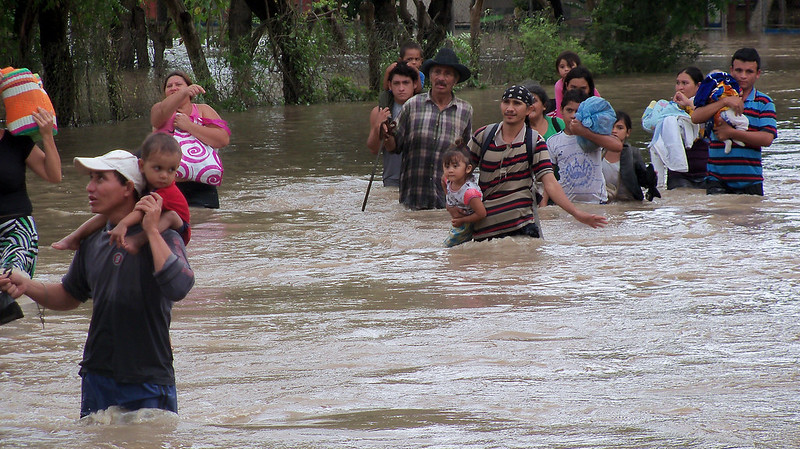 In the past month, a gyre has caused
In the past month, a gyre has caused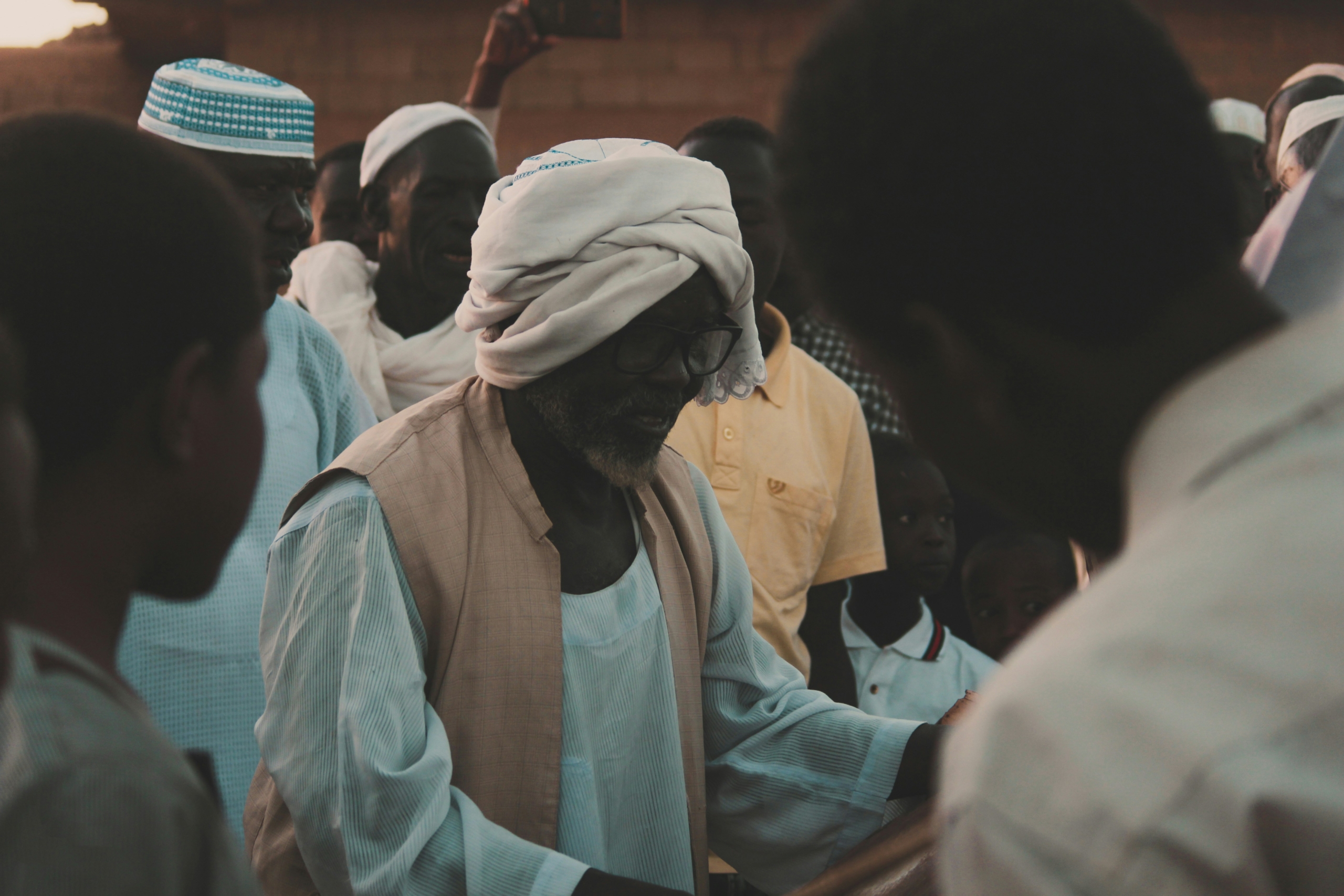
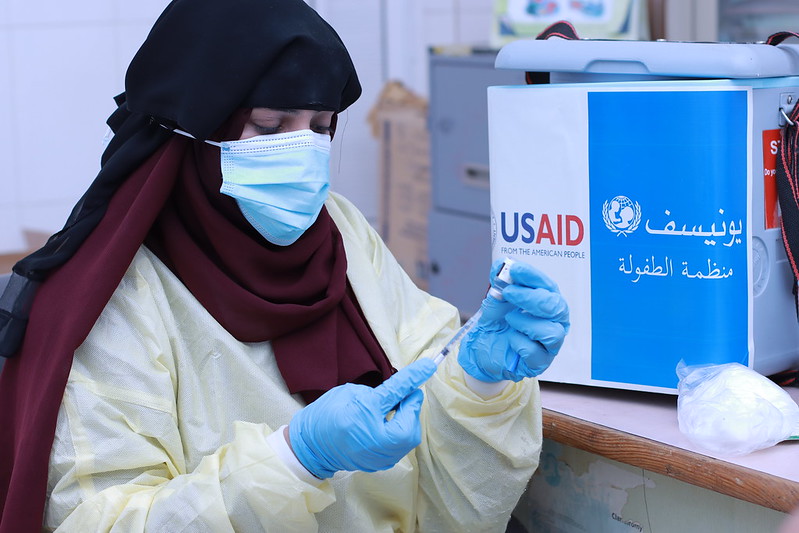 Yemen has one of the world’s worst humanitarian crises due to prolonged instability
Yemen has one of the world’s worst humanitarian crises due to prolonged instability 